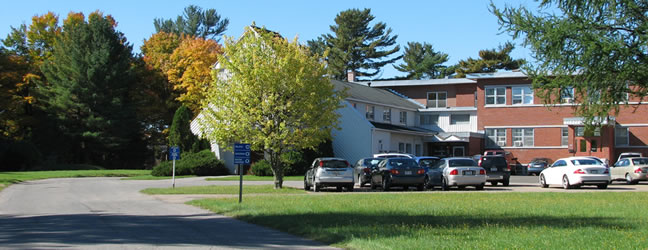Every time law enforcement gains an advantage over drug cartels bringing their loads over the border into the U.S., the cartels adapt to the pressure and change their tactics. In previous decades, drug cartels used Miami, Tijuana and El Paso as portals for their drug smuggling. The last few years, the Arizona border has been the target of cartels. Wide-open deserts and remote Native American reservations have been some of the primary channels used for the movement of tons of drugs.
But along with the drugs, Arizona and, in particular, Phoenix have inherited other crimes. Some law enforcement bodies report that Phoenix is experiencing an average of one kidnapping a day. In the whole world, only Mexico City has more kidnappings.
The kidnappings relate to drug debts that have not been paid and other drug-smuggling offenses. They also relate to the trafficking of humans that has followed the path of drug smuggling.
The people doing the drug smuggling and the human trafficking have one terrible characteristic in common: they are criminals willing to use any level of violence to achieve their aims.
The volume of drugs and illegal immigrants coming across the border is staggering. Border Patrol agents in Arizona alone arrest an average of 900 illegal immigrants a day. And last year, they seized 1.2 million pounds of marijuana – more than a ton and a half every day.
In Arizona, we have the situation of the drug war in Mexico spilling over into the United States. It is not something we can ignore. Demand reduction through effective rehabilitation and drug education is an essential component to ending this dangerous and violent situation.
This article is brought to you by Narconon International. Narconon is an international organization dedicated to the elimination of drug addiction through the Narconon drug rehab program and drug education.
The Narconon drug and alcohol rehabilitation program brings about a lower demand for drugs by enabling its graduates to live a drug-free life after graduation. Further, the Narconon drug education curriculum has been proven to lower drug use statistics among students who attend the classes. For more information, see our video http://www.youtube.com/user/narconon?blend=1&ob=5#p/u/6/AlkKeOO-nTo.
Via EPR Network
More Healthcare press releases










